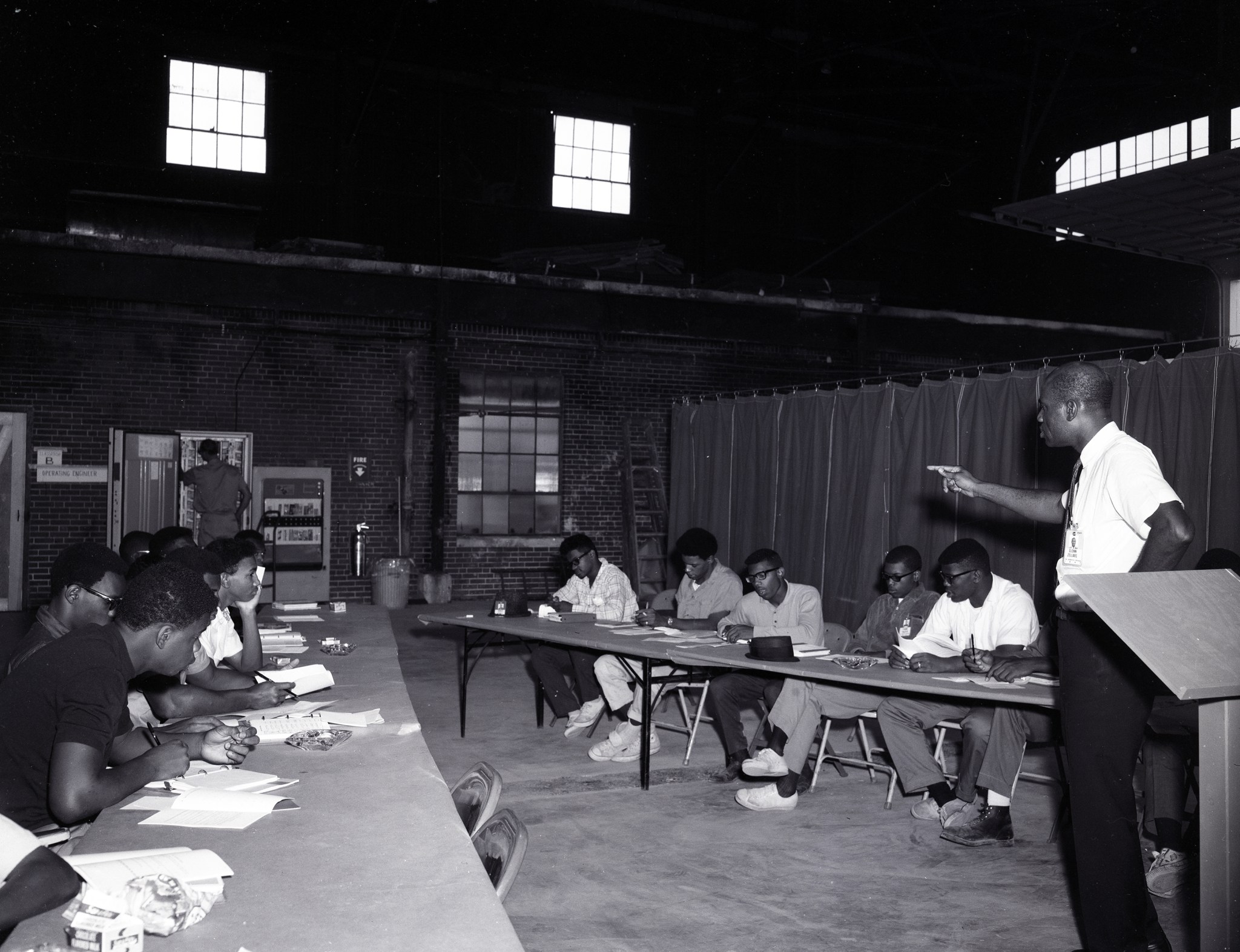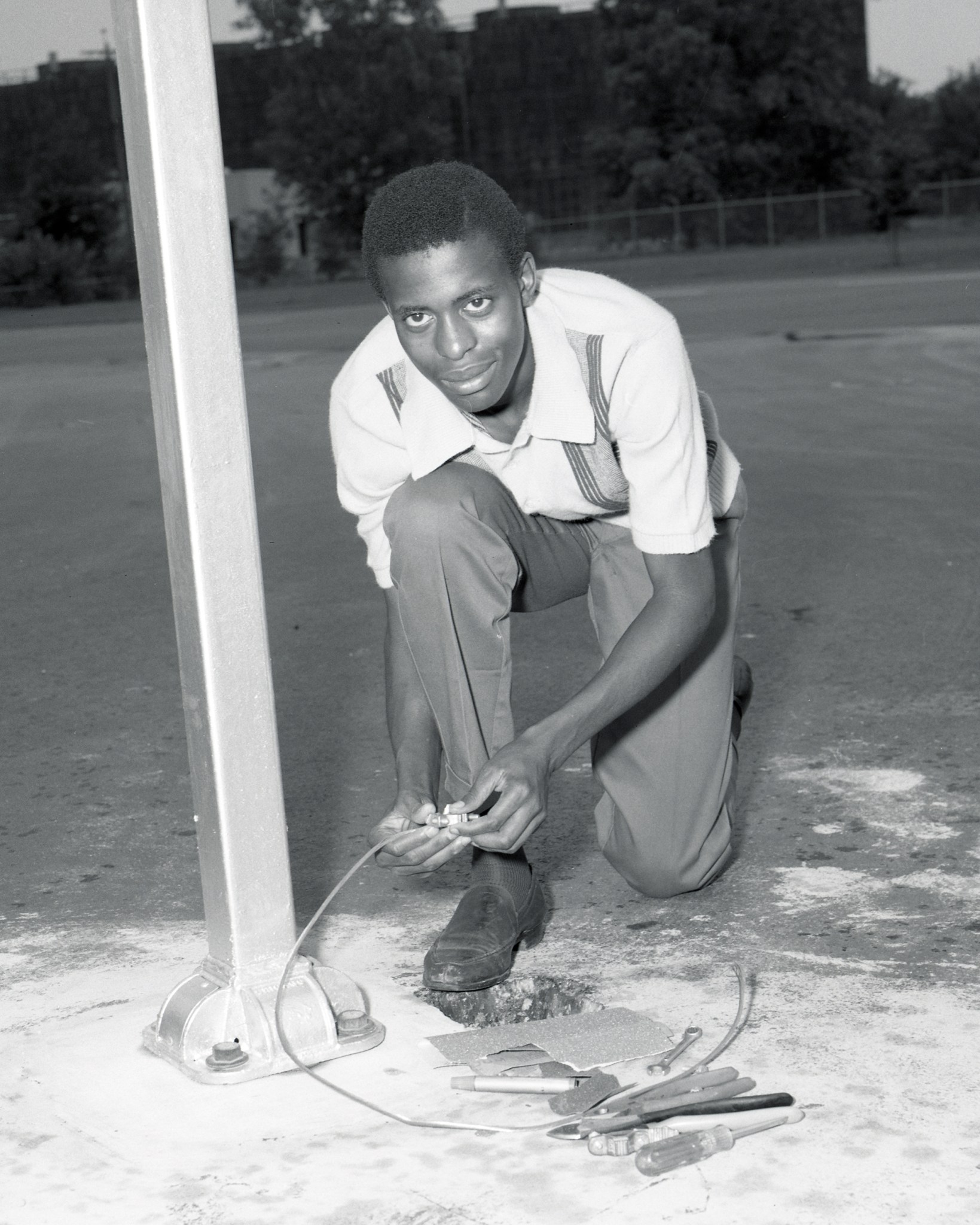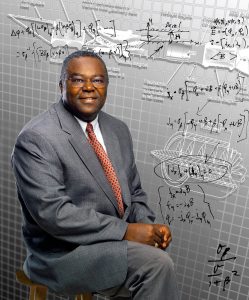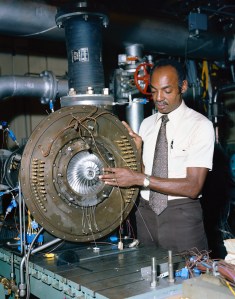“Good education contains something for the mind, the body, and the spirit,” declared Abe Silverstein, director of NASA’s Lewis Research Center in August 1967. The center had just commenced a three-week training program to prepare young African American men for local apprenticeships in the construction trades. Reflecting Silverstein’s philosophy, this Pre-Apprentice Program provided not only technical instruction, but also mentoring, career guidance, and physical activities.
The Pre-Apprentice Program was sponsored by the Cleveland Federal Executive Board, which Silverstein chaired at the time. It was one of several center partnerships with local community action groups following the passage of the Economic Development Act of 1964. This effort specifically sought to provide disadvantaged young African Americans with the tools necessary to enroll in formal apprentice programs that could lead to long-term careers.
For three weeks, the 101 young men encamped at Lewis’ Plum Brook Station (today, Armstrong Test Facility) near Sandusky, Ohio. Much like traditional summer camps, there were tents, pavilions, and recreational areas on the station’s sprawling 6400-acre property. Make-shift classrooms and mess halls were set up in the empty World War II-era buildings of the former ordnance works.
Lewis’ James Modarelli was the program manager, while Harrison Allen and Quillian Johnson oversaw the instruction and counseling, respectively. Dozens of other Lewis employees, along with colleagues from other federal organizations, served as teachers, advisors, coaches, cooks, and medical assistants.
Through a combination of classroom training and hands-on instruction, the participants learned how to read blueprints, work with sheet metal, use surveying equipment, perform plumbing and electrical work, operate heavy machinery, and an array of other tasks. They also received guidance on workplace professionalism and communication.
After classes, the young men could use Plum Brook’s open spaces for swimming, basketball, fishing, and other activities before retiring to their tents for the evening.
Lewis advisors continued to provide advice and placement services in the months afterwards. The results were promising. It was reported one year later that 25 of the original participants had obtained professional apprenticeships, 10 had enrolled in college, and 43 others were continuing training. In addition, Lewis provided the top 20 performers with an additional six months of in-house instruction and assistance.
Notably, the center hired a promising recruit, Otis Anderson, as a mechanic in the Utilities Service Branch. Anderson graduated Lewis’ four-year apprentice program in 1972. He spent nearly three decades as an electrician in the Technical Services Division supporting the center’s engine and materials research.
Robert S. Arrighi
NASA Glenn Research Center
































